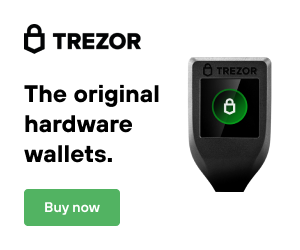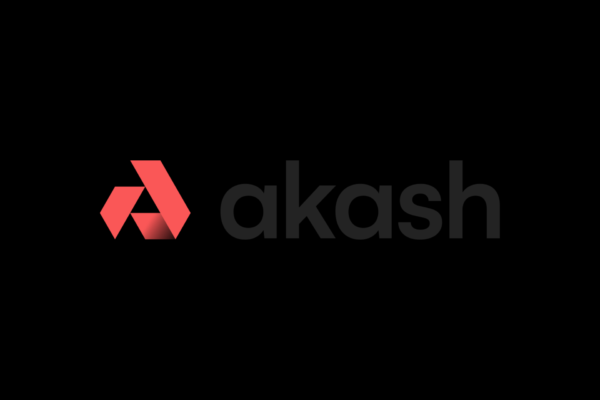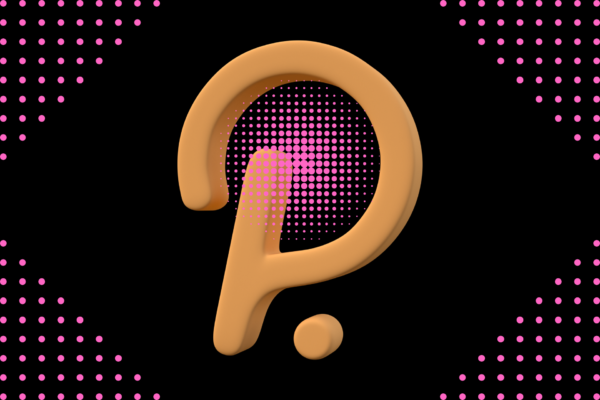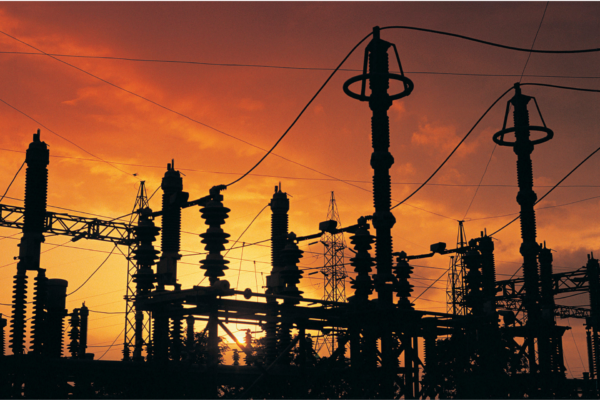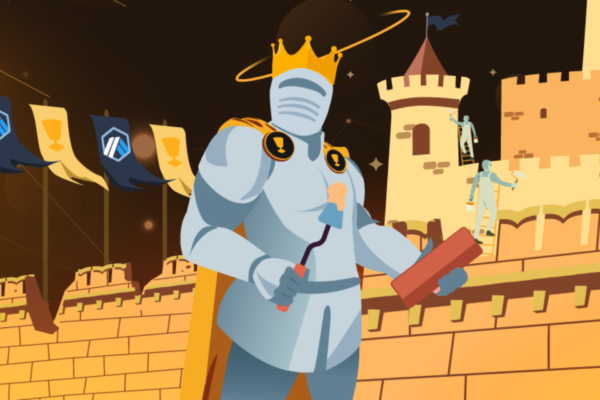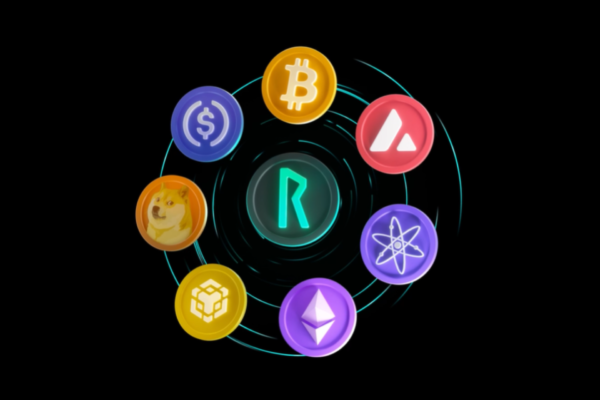At the writing of this article, Cardano (ADA) is the fifth largest cryptocurrency in terms of market capitalization. But what is Cardano?
At its core, Cardano isn’t really dissimilar from the likes of Bitcoin, Ethereum, and other major cryptocurrencies. It has its own blockchain and is decentralized, and can be used to send or receive funds. Cardano didn’t become mainstream until 2017, and because of this, the development of Cardano had the benefit of seeing the bottlenecks that Ethereum and Bitcoin (cryptocurrency’s two largest coins) currently have. In particular, Cardano’s front man, Charles Hoskinson was involved in the early days of Ethereum.
Cardano uses a consensus algorithm called “Proof-of-Stake” (POS) rather than Bitcoin and Ethereum’s approach of “Proof-of-Work” (POW). POS has advantages in that it doesn’t rely on the massive power consumption that traditional POW algorithms require (known as mining). It is worth nothing that Ethereum is moving towards POS in the near future.
Cardano uses the POS algorithm to control how data (typically transactions) are added to the blockchain. In POW, miners are the participants, and they are more likely to add a block to the block chain if they have more computational power (adding a block means the miner gets paid). In POS, the algorithm randomly selects validators (people or groups of people who have staked the coin) to build and validate the next block. If the block is accepted, the network of validators must agree that it is correct, and if so, it adds to the blockchain ledger. Cardano’s implementation of the POS algorithm relies on substantially less computing power (and energy) than POW algorithms. The POS algorithm drastically reduces the fees associated with transactions, which has been a major headache for Bitcoin and Ethereum users. Each of the blockchain transaction sets are partitioned into “epochs”. Here’s how Cardano’s network operates:
1. The network randomly selects a few nodes to have the opportunity for mining new blocks. These nodes are known as slot leaders.
2. The blockchain is split into slots, each of which is called an epoch.
3. Slot leaders have the ability to mine their specific epoch, or part of an epoch. Any participant who helps mine an epoch or part of an epoch receives a reward for their services.
4. An epoch can be partitioned infinitely. This means, the cardano blockchain is, in theory, infinitely scalable, making it possible to run as many transactions as needed without hitting a bottleneck.

With this scalability, Cardano is positioned to relieve a major bottleneck in the cryptocurrency world. If Cardano (or any cryptocurrency) intends to become used worldwide as a currency, it needs to be capable of handling an enormous volume of transactions and data rapidly and efficiently.
Cardano also intends to release smart contracts in the near future. These will allow developers to use the Cardano programming language (Haskell) to create projects and applications that can create self-executing contracts on the Cardano blockchain. Ethereum has created an entire ecosystem of decentralized applications which make use of its smart contract functionality, which Cardano intends to provide as well. With smart contracts and high network scalability, Cardano has a strong foundation to grow. Both of Cardano’s key features (smart contracts and POS) have been developed through rigorous peer review processes through experts in the computer science and blockchain world, which is the main reason why Cardano has been slow to release new features.
Regulation has been a looming fear across most of the cryptocurrency world. In theory, regulation could mean stability and less “shady” practices, but it would likely mean taxes, control, and rules that may limit some applications of cryptocurrency. It is all but guaranteed that eventually some regulations will be passed by the major governments of the world to help govern cryptocurrencies.
Cardano has taken a unique approach to these unknown future regulations, which are likely to include customer identity and transaction data, by building interesting features into its network architecture. One example would be interoperability through cross-chain (between different blockchains) and off-chain entities, allowing for it to easily adapt to possible future regulations. Simply stated, Cardano has attempted to build in the framework to make both its network and ecosystem compatible with data and anticipated regulation requirements.
In summary, Cardano stands to be one of the first in next generation cryptocurrencies to create a scalable and secure solution designed to allow for customized application development through smart contracts that doesn’t saddle its users with exorbitant network transfer fees and wait times. As regulation in the cryptocurrency space continues to be discussed, it is likely that Cardano will remain active in adapting their infrastructure to meet any future regulatory requirements.


